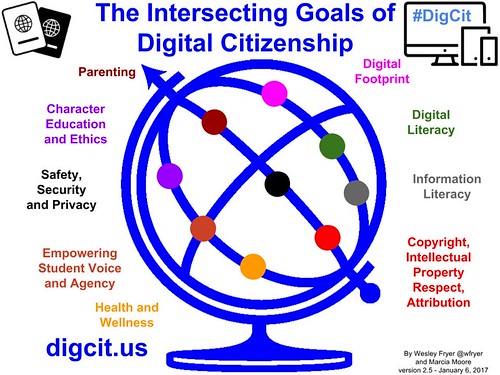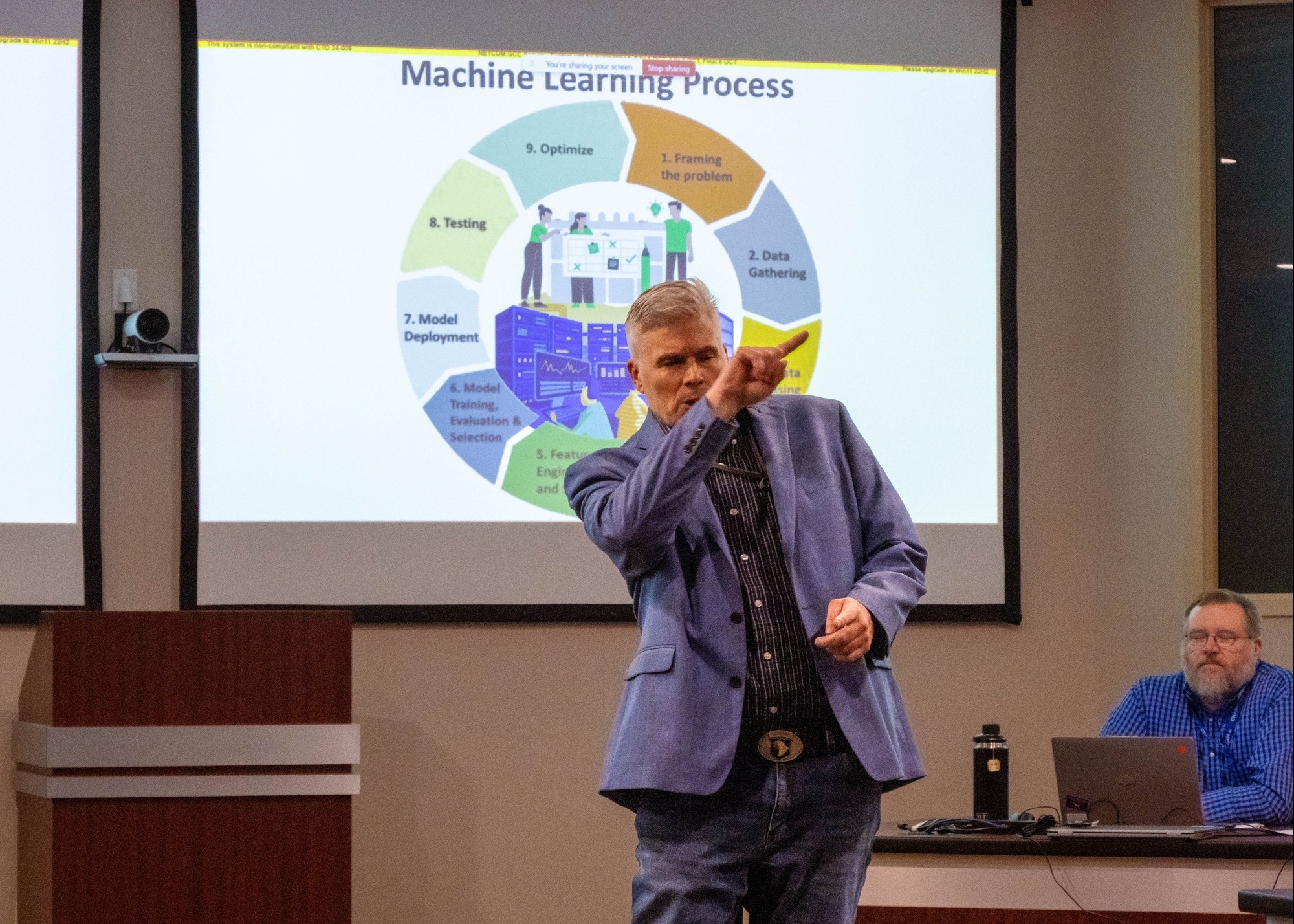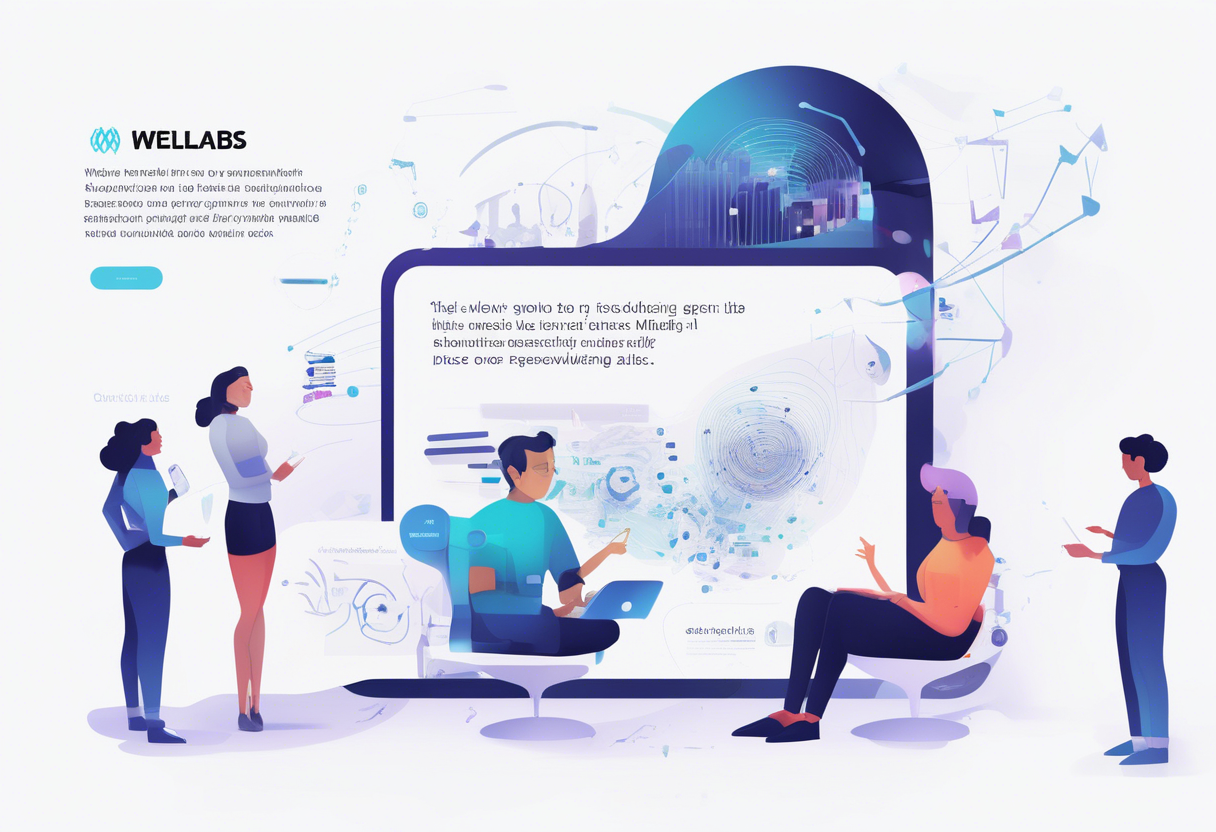
Technology's moving fast, right? And voice tech is becoming a big deal in leadership. Picture leaders chatting with their teams, making smart choices, and boosting productivity, all just by speaking. A study says 55% of businesses are already using voice tech to change the way leaders communicate and plan. So, what does this mean for leadership's future? Here, we'll look at the ins and outs of voice tech in leadership. We'll talk about its benefits, how it's used, and the challenges it brings. Whether you're experienced or just starting out, knowing about this tool is key to keeping up in business today. Let's see how your voice can help you lead with fresh ideas.
Summary: Este artículo describe la tecnología de voz en roles de liderazgo, explorando sus beneficios clave, aplicaciones prácticas y casos de uso, así como los desafíos y consideraciones éticas asociadas. También ofrece una perspectiva sobre el futuro de esta tecnología y responde a preguntas frecuentes sobre su implementación.
Understanding Voice Technology in Leadership
What is Voice Technology?
Voice technology revolves around smart software, like voice assistants, capable of understanding and responding to human speech. These systems leverage artificial intelligence (AI), natural language processing (NLP), and machine learning (ML) to function effectively. You'll find voice technology integrated into a wide range of devices, including:
- Smartphones
- Smart speakers
- Computers
- Wearables
- Gaming consoles
- TVs
- VR headsets
- Cars
- IoT devices
In the United States, leading voice assistants include Amazon Alexa, Apple Siri, Google Assistant, and Microsoft Cortana.
With advancements in generative AI, these assistants now understand context better, provide more natural responses, and manage complex tasks. They meet our increasing demands for smarter interactions. For instance, Apple's Siri can set reminders or control smart home devices through simple voice commands.

Voice Tech's Impact on Leadership Effectiveness
Voice technology is becoming an essential tool for leadership, enhancing productivity, decision-making, and communication. It enables hands-free, real-time access to information and task management. In the US, the number of voice assistant users is projected to exceed 154 million by 2025, highlighting the growing influence of voice tech in both personal and professional spheres, including leadership roles.
The US maintains a leadership position in voice technology due to strategic partnerships between the public and private sectors, supportive regulations, and substantial investments in AI and emerging technologies. This leadership is further bolstered by collaboration among government, industry, and academia, ensuring innovation flourishes without excessive regulatory hurdles.

Imagine a corporate leader in the US utilizing voice technology integrated with AI to access real-time analytics or control virtual meetings using voice commands. This capability is all about enhancing efficiency and facilitating quick decision-making.
Key Benefits of Voice Tech in Leadership Roles
Improving Team Communication with Voice Tech
Voice technology is transforming how leaders engage with their teams by integrating AI voice assistants into daily operations. These tools enable communication without the need for physical interaction, streamlining teamwork through simple voice commands. For instance, voice recognition technology facilitates natural conversations across devices, thereby enhancing leaders' ability to connect and communicate effectively.

Moreover, voice assistants in vehicles allow traveling leaders to stay connected and manage tasks safely, enhancing productivity on the move. Voice recognition also provides live captions and transcriptions during meetings, making collaboration more efficient. Imagine a US executive utilizing AI voice assistants to record meeting notes, send emails, and control office devices—all without typing—thereby accelerating team interactions.
Accelerating Decision-Making with Voice Technology
Voice technology is revolutionizing decision-making by enabling leaders to swiftly access data and insights through voice queries. With the aid of generative AI, leaders can make informed decisions more rapidly. An increasing number of US employees are adopting AI tools, including voice AI, which aids leaders in making quicker, more precise decisions.
Voice recognition software supports multiple languages and integrates with various applications, providing leaders with access to extensive data for global decision-making. Picture a CEO using voice-activated AI to retrieve real-time sales data and market trends during meetings, allowing for strategic decisions to be made on the spot without disrupting the flow of conversation.
Supporting Inclusive Leadership with Voice Tech
Voice technology is pivotal in fostering inclusivity in leadership by accommodating diverse languages, dialects, and accents, thus making communication more inclusive. This technology enhances accessibility for diverse leadership teams. Voice assistants offer hands-free interaction, beneficial for leaders with disabilities or those requiring assistive technology, thereby promoting inclusivity in leadership roles.
By facilitating natural conversations, voice technology reduces communication barriers, encouraging participation from all, regardless of technical proficiency. Leaders leveraging AI and voice technology cultivate a culture of innovation and inclusivity, empowering employees to share ideas and feedback through voice-enabled platforms. A real-world example is an inclusive leadership program in a US company using voice tools that support multiple languages and accessibility features, ensuring all leaders and team members can fully engage in decision-making and teamwork.
Voice technology in US leadership roles offers significant advantages by simplifying communication and collaboration through hands-free, natural interactions; expediting decision-making with rapid AI insights; and promoting inclusivity by supporting diverse languages and accessibility needs. This enables leaders and their teams to work more efficiently and equitably. As the adoption of voice assistants grows, with nearly 154.3 million users expected in the US by 2025 and 170.3 million by 2028, the potential for voice technology in leadership will continue to expand, presenting new opportunities for connecting, collaborating, and leading diverse teams.
Practical Applications and Use Cases
Voice Tech Transformations Across Industries
Voice technology is significantly transforming various sectors, notably in leadership training. The integration of voice-based AI coaching is revolutionizing the way management skills are developed by combining live group classes with AI-driven voice coaching. This innovative approach not only enhances the learning experience but also makes it more engaging.

Many businesses across tech, finance, media, and retail are adopting this method to scale leadership development effectively. Companies like Hone are leading the charge with platforms that blend AI voice coaching with live training sessions. Prominent organizations such as Subway and Zoom are leveraging this system, which features real-time AI conversations that align with company values and team structures.
Voice technology has evolved remarkably. Today, conversational AI can engage in dialogues that closely mimic human interaction through the use of speech-to-text, large language models, and text-to-speech technologies. This evolution makes voice an attractive option for business applications. As consumers become more accustomed to voice assistants in daily life, businesses are increasingly adopting these technologies. The growing trend of using voice for shopping and tech interactions is evident. In the workplace, employees are ready to embrace AI, including voice AI. It is crucial for leaders to provide training to harness the full potential of AI.
Deepbrain AI and AI Studios' Impact on Leadership
WellSaid Labs is advancing the field with its highly realistic AI text-to-speech technology, capable of producing long, human-sounding speeches. This advancement enhances leadership communication and training, accelerating product development while delivering superior AI voices. These innovations improve customer interactions and offer scalable, engaging communication solutions.

By utilizing advanced deep-learning TTS models, WellSaid Labs creates lifelike AI voices tailored for leadership tools and training modules, offering businesses innovative ways to communicate effectively.
Challenges and Ethical Considerations of Voice Tech in Leadership
Integration Challenges of Voice Technology in Leadership
Integrating voice technology into leadership frameworks is not without its challenges. Leaders must adapt existing systems and workflows to accommodate new technologies like voice assistants. Automatic Speech Recognition (ASR), a crucial component of voice tech, faces hurdles such as distinguishing between speakers and managing background noise. These issues complicate seamless integration in real-world scenarios.
Additionally, voice cloning poses risks, including fraud and identity theft, necessitating careful consideration of security measures.
Consider a US company incorporating voice assistants into customer service. They encounter obstacles such as background noise and managing multiple speakers, all while ensuring voice data security and preventing fraudulent voice cloning. Addressing these challenges requires robust solutions for a secure and smooth implementation.
Ethical Considerations and Leadership Responsibility in Voice Tech
The use of voice technology in leadership raises significant ethical questions. In the US, there is an emphasis on responsible AI innovation that balances security with economic growth. This approach favors avoiding stringent regulations while promoting public-private sector partnerships for oversight. Ethical considerations also include obtaining consent for voice cloning and preventing misuse. Without proper user consent, there is a risk of unauthorized voice replication and the dissemination of false information.
Leaders should advocate for transparency and engage employees to build trust in voice technology. It's crucial for employees to understand how their voice data is utilized and to contribute to the development of ethical guidelines. US tech leaders working on voice-activated AI are establishing voluntary safety measures and clear communication policies to prevent misuse and maintain user trust, all while fostering innovation.
Future Outlook for Voice Tech in Leadership
Emerging Voice Tech Trends in Leadership
Voice AI is transforming traditional Interactive Voice Response (IVR) systems. The shift is from rigid, pre-scripted interactions to advanced speech-to-speech models. These models accurately capture pace, emotion, and context, significantly enhancing the experience for both customers and employees at contact centers and help desks. The outcome is more natural and effective conversations, a notable improvement over previous systems.
Moreover, Voice AI agents are now integrating with APIs to access customer data and streamline tasks. This integration facilitates faster and smoother processes such as updating accounts, routing calls, and addressing basic inquiries, whether via phone or online. For example, a US financial services company has implemented Voice AI agents to handle customer service calls, reducing wait times and personalizing interactions.

Preparing Leadership for the Future with Voice Tech
AI, including generative AI and voice tech, is revolutionizing workflows and creating new job roles like AI Managers and Prompt Engineers. These professionals focus on ethical AI usage and designing seamless interactions, making upskilling teams essential as jobs evolve with AI. In the US, IT leaders are incorporating AI and voice tech into their strategies to foster innovation, drive digital transformation, and support business growth.
Looking ahead to 2025, maintaining the human element in leadership is crucial. This approach is vital for building strong and creative teams, even as AI and hybrid work reshape the work environment. Autonomous AI systems, including voice AI, are accelerating innovation and digital work, heralding a significant shift in enterprise tech. Leaders must navigate this change to remain competitive, ensuring AI agents operate autonomously yet with appropriate oversight.

Voice Tech FAQs
How Can Voice Tech Improve Leadership Communication in the US?
Voice AI can significantly enhance leadership communication by facilitating quicker and more natural interactions. Instead of relying on typing, leaders can now speak directly to technology, which accelerates communication processes. This transformation is integral to business strategies, enabling leaders to leverage voice AI to increase operational efficiency and maintain customer satisfaction with smoother interactions.
For example, a US company might integrate voice AI into their communication tools, allowing executives to receive real-time updates and respond to team inquiries using voice commands. This setup not only enhances leaders' responsiveness but also ensures clear communication. Leaders can swiftly manage and access information, which is critical for effective leadership.
Key Benefits of Voice Tech in Leadership Roles
Voice AI offers several advantages for leadership, primarily by expediting and streamlining communication. Leaders can issue commands and receive immediate responses, reducing the time spent on typing or navigating systems. Additionally, voice AI provides hands-free accessibility, which is ideal for multitasking leaders or those frequently on the move.

This technology also aids in compliance and oversight by providing analytics and transcriptions, enabling leaders to monitor discussions and adhere to standards. Moreover, voice AI fosters innovation and flexibility, allowing leaders to stay ahead in a rapidly evolving tech landscape. This aligns with US objectives to lead in AI and wireless technology, as highlighted in initiatives like the AI Action Plan.
Enhancing Decision-Making with Voice Tech in Leadership
Voice AI enhances decision-making by providing leaders with real-time data and analysis through voice commands, facilitating quicker and more informed decisions. By integrating voice AI with analytics, leaders can receive verbal summaries and alerts, enabling them to effectively prioritize issues and opportunities.

The US government's emphasis on AI leadership and infrastructure investment supports the advancement of sophisticated voice AI tools that enhance decision-making capabilities. Voice AI reduces the time between information gathering and action, supporting agile leadership in fast-paced environments.
For instance, a US corporate leader might utilize voice AI with business intelligence tools to receive real-time verbal briefings, allowing for swift strategic decisions during meetings or travel. This capability is crucial for maintaining competitiveness and leading effectively in dynamic business settings.
Voice AI in leadership not only makes communication more natural, efficient, and scalable but also empowers leaders to use conversational AI platforms to improve customer and employee engagement, automate routine conversations, and provide real-time insights for decision-making. Companies like FedEx, Marriott, and Volkswagen are already employing enterprise voice assistants to automate customer service interactions, demonstrating the technology's potential in achieving leadership objectives for operational efficiency and customer satisfaction.